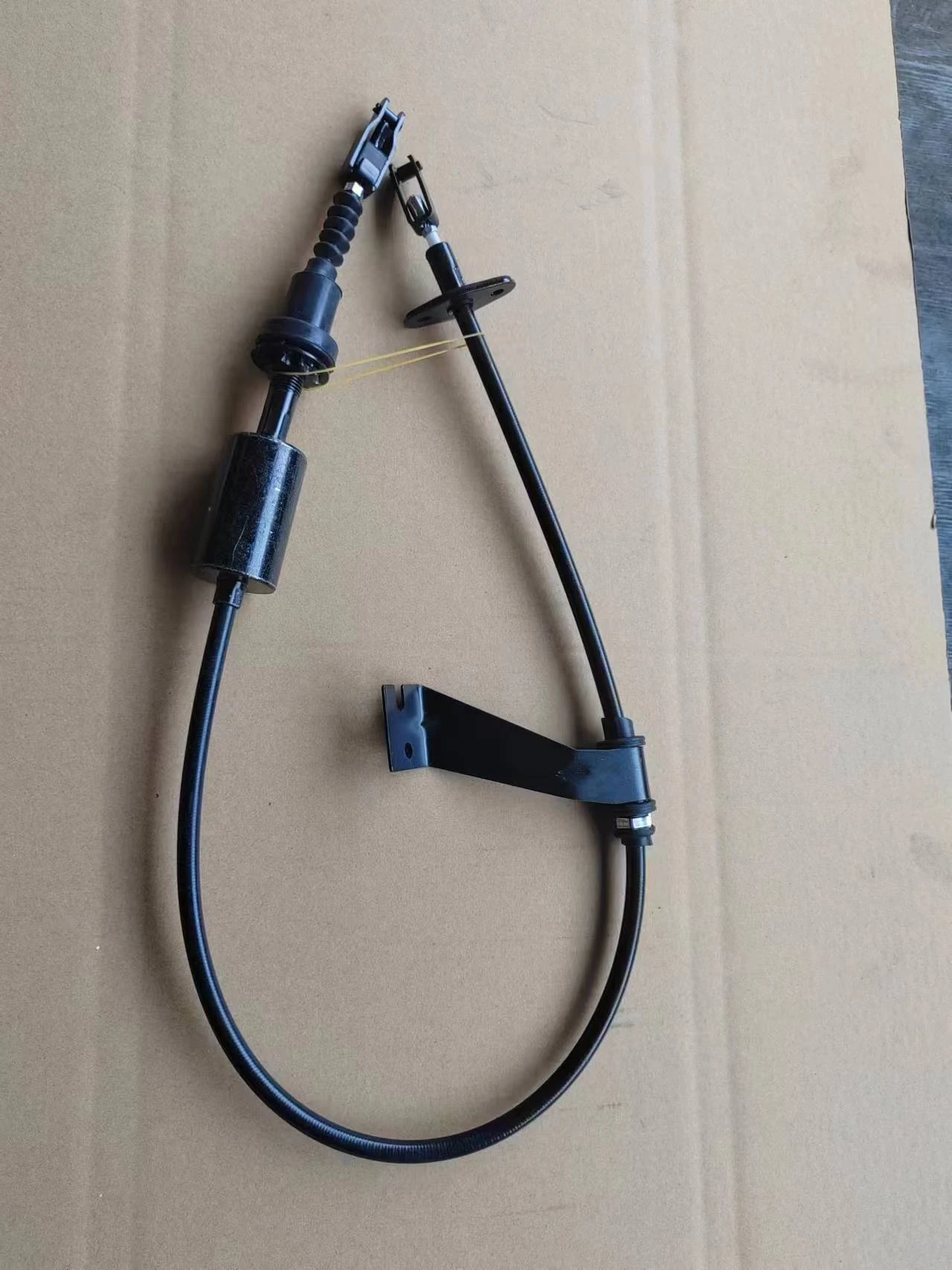throttle cable
Understanding Throttle Cables The Backbone of Engine Control
Throttle cables play a crucial role in the operation of various types of vehicles, from motorcycles to cars and boats. As one of the integral components of an engine's control system, throttle cables facilitate the communication between the driver's input and the engine's response. This article will delve into the functionality, types, maintenance, and importance of throttle cables in ensuring optimal performance.
At its core, a throttle cable is a mechanical link that connects the accelerator pedal or throttle lever to the throttle body in an internal combustion engine. When a driver presses the accelerator, the throttle cable moves accordingly, which in turn adjusts the throttle plate’s position to control the air and fuel mixture entering the engine. This process is essential for regulating engine speed and power output, making throttle cables vital for overall vehicle performance.
There are primarily two types of throttle cables push cables and pull cables
. Push cables are designed to be engaged when the accelerator is pressed, while pull cables operate through tension. The choice between these two types often depends on the specific application and design of the engine. For instance, some motorcycle models utilize a dual cable system for increased control and responsiveness, where one cable opens the throttle while the other one returns it to the idle position.throttle cable

With advancements in technology, many modern vehicles have shifted to electronic throttle control (ETC) systems, which have largely replaced mechanical throttle cables. In these systems, sensors detect the position of the accelerator pedal, sending signals to the engine control unit (ECU) to adjust the throttle electronically. While this transition has led to improved precision and efficiency, traditional throttle cables are still found in many older vehicles and in certain racing applications where direct mechanical feedback is desirable.
Maintenance of throttle cables is crucial for ensuring longevity and optimal functioning. Over time, cables can become frayed, corroded, or stretched, which can lead to a sluggish response or even complete failure. Regular inspections and lubrication can help prevent these issues. It is advisable for vehicle owners to check the throttle cable for any signs of wear or damage, especially before long trips or during routine maintenance checks.
When it comes to performance, the quality of the throttle cable can significantly impact how well a vehicle responds to the driver’s commands. A stiff or damaged throttle cable can result in delayed acceleration, poor fuel efficiency, and increased wear on the engine. On the contrary, a well-maintained throttle cable allows for smooth and responsive operation, enhancing the overall driving experience.
In summary, throttle cables are a fundamental aspect of engine control, connecting driver input directly to engine performance. Understanding their function, types, maintenance, and overall importance can help vehicle owners appreciate this component's role in their driving experience. As technology continues to advance, the relevance of throttle cables may evolve, but their core purpose of facilitating control over engine performance remains unchanged. Whether in a classic car or a modern vehicle, the throttle cable is a silent yet powerful player in the realm of automotive engineering. Proper attention to this component can lead to enhanced performance, improved safety, and a more enjoyable driving experience.
-
Workings of Clutch Pipe and Hose SystemsNewsJun.04,2025
-
The Inner Workings of Hand Brake Cable SystemsNewsJun.04,2025
-
The Secrets of Throttle and Accelerator CablesNewsJun.04,2025
-
The Hidden Lifeline of Your Transmission Gear Shift CablesNewsJun.04,2025
-
Demystifying Gear Cables and Shift LinkagesNewsJun.04,2025
-
Decoding Clutch Line Systems A Comprehensive GuideNewsJun.04,2025
